The chart that explains why electric cars may never pay for themselves
One of the benefits of buying an electric car, at least when it comes to your budget, is not having to pay for fuel. But it’s not as simple as it seems.
Are you buying an electric vehicle this year? Even if you don’t buy one, someone you know probably will: EV sales are up, up, up.
These days EV options are much wider – you’re not just looking at Teslas anymore – and luckily some are reasonably priced. In 2023, you don’t have to buy a $400,000 Porsche Taycan to save the environment.
As the next chart shows, EV sales are going crazy, both Teslas and others. (We are only looking at pure electric vehicles here, not hybrids or plug-in hybrids.)
How much do electric cars cost these days?
The price range for EVs keeps dropping too. You can buy a new Hyundai Kona for $58,380, a BYD Atto for $51,938, or an MG ZS for $44,690. That’s a much nicer situation than five years ago when you were looking at over $100,000 for a Tesla Model S, or paying way too much for a small electric Nissan.
An EV still costs a lot more than a comparable petrol-powered alternative. Usually $20,000 to $30,000 more. For example, the cheapest petrol MG ZS costs $22,990. That’s around half the price of its electric sibling.
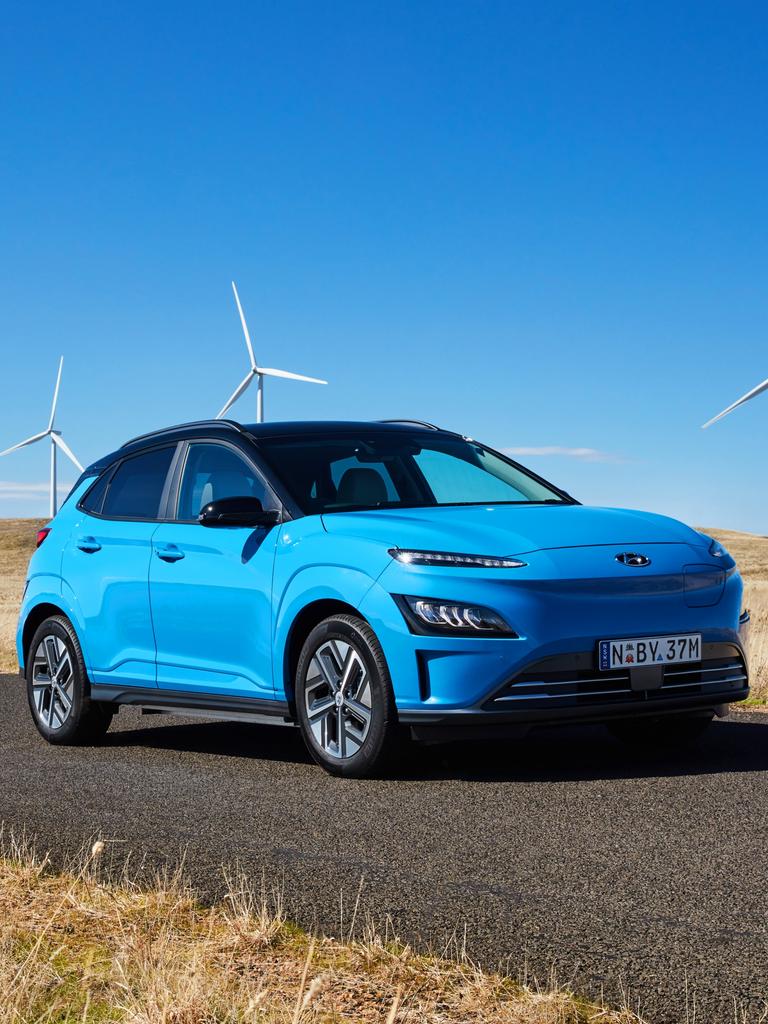
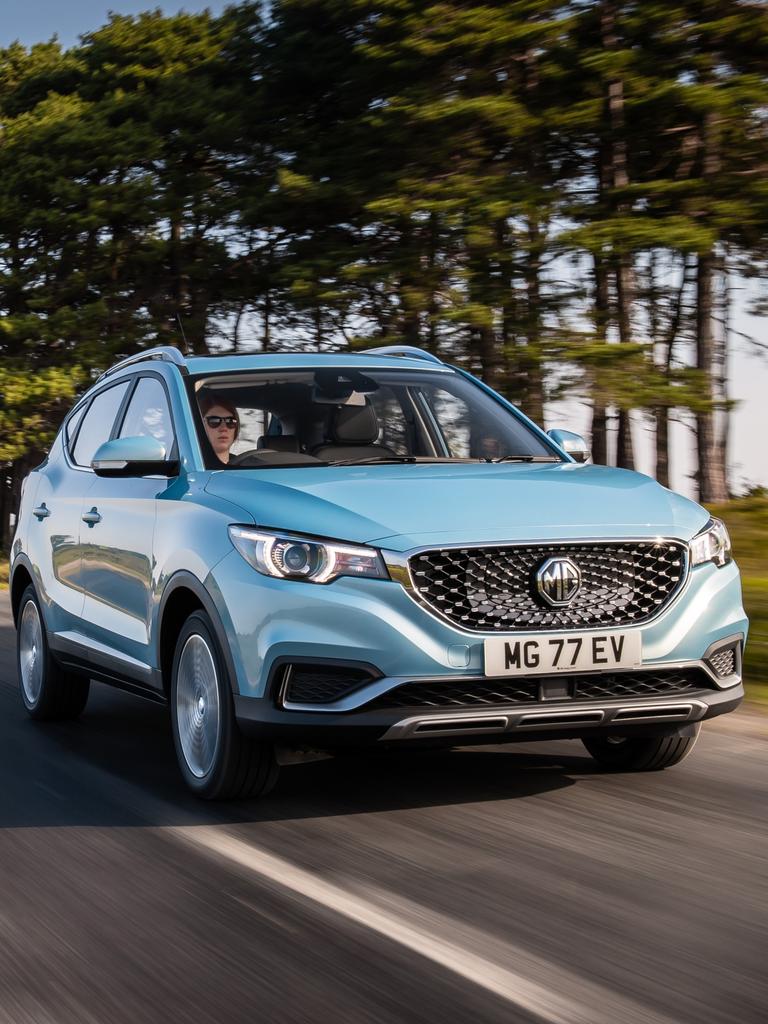
So the upfront cost is higher. But one of the benefits of an EV is you don’t have to buy fuel. Does it pay off in the long run? We can answer that question.
Scenario 1
If petrol costs $2/litre, you’re paying 20 cents a kilometre for fuel (assuming 10L/100km for your car). If you stop paying for fuel and can get free electricity (for example, you have solar panels that make lots of electricity you don’t need and can’t sell to the grid), you save 20 cents for every kilometre you drive.
If you drive 100,000km this year, you could pay off a $20,000 EV price premium in one year on fuel savings alone! (Note: This would mean spending three to four hours a day driving, every day of the year. The average Australian drives 13,400 km/year.)
So that’s not realistic. Let’s consider a more realistic scenario.
Scenario 2
Again we will assume $2/L petrol (20c/km), but assume you’re paying for some of your electricity. Let’s say you pay 10c/km for electricity.
Now you’re saving 10 cents for every kilometre driven. Assume you drive 25,000km/year, your fuel saving is $2500/year. So it takes at least eight years to pay back a $20,000 price difference, based on fuel savings alone.
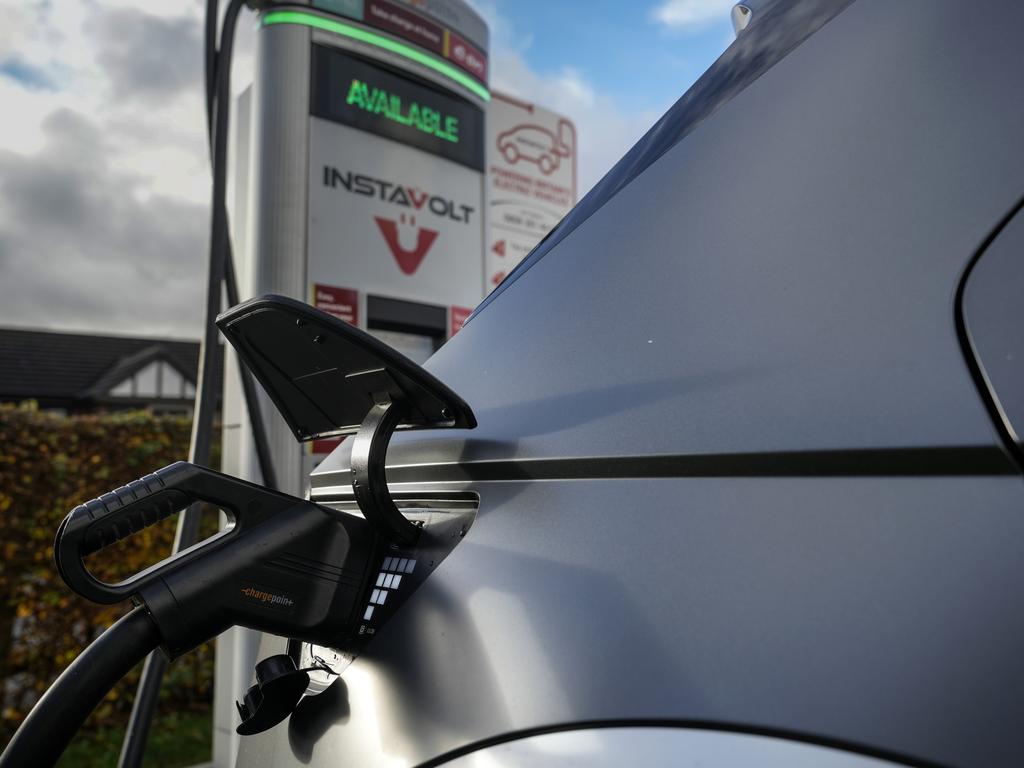
We can make a chart that lets us look at lots of different combinations of fuel savings and kilometres driven per year, to see how different scenarios work.
The blue colours are combinations where you pay off your EV very fast. Green and yellow are more borderline. The red and dark colours are combinations where you pay it off very slowly. If there’s no colour, it means an EV will never pay for itself on fuel savings, not even if it lasts over 50 years.
As you can see, you need to be using your car a lot. A car that sits in the garage will not pay for itself. But if you’re going to be buying all your electricity at full price, your car won’t pay for itself either.
Bear in mind, this chart uses a discount rate so any cash benefits you get now are worth more than savings far in the future. (The savings you get in the future are “discounted”.) This is a normal and important input to any financial model like this. The discount rate is 5 per cent per year.
It’s not just about fuel savings
Now, fuel savings aren’t the only benefit of owning an EV. You can see the chart above as worst-case scenario. If you get other benefits, your car pays for itself faster. You might get cheaper servicing, for example (because electric motors are simple things and don’t wear out). You also may get some tax benefits, like cheaper registration. (South Australia gives you three years free.)
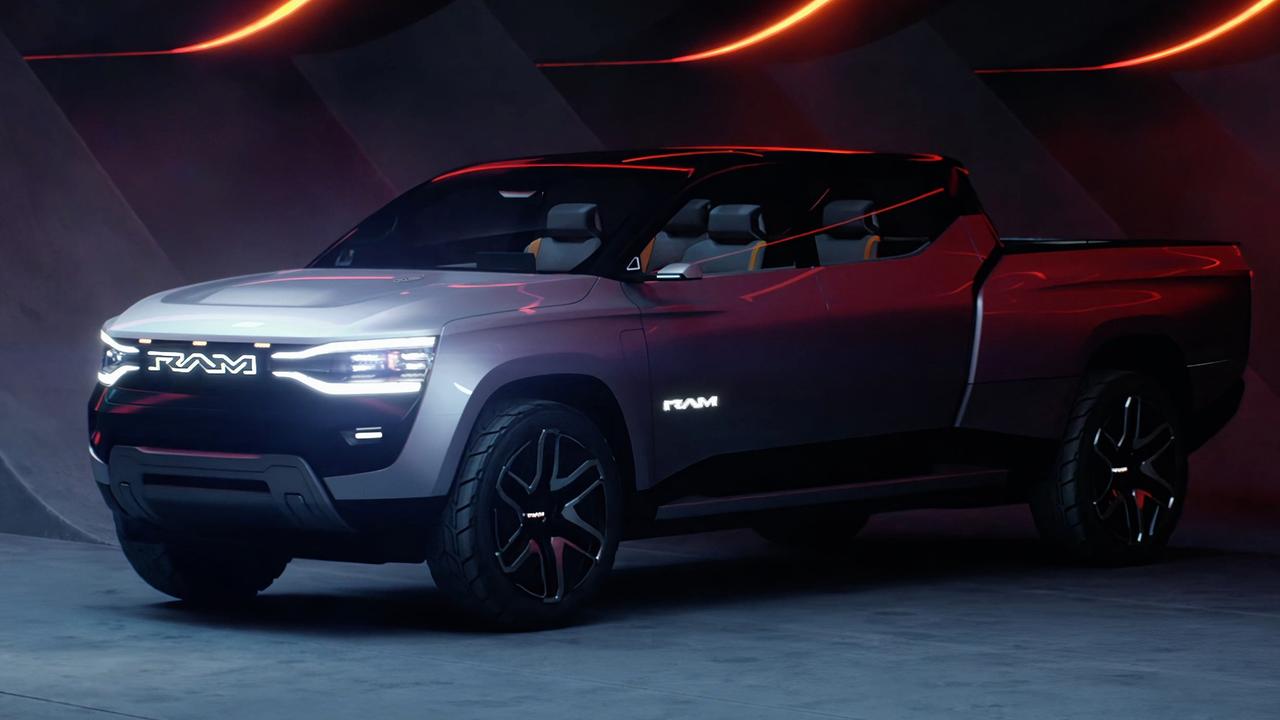
Of course you might also have to pay for electricity outlets in your garage, buy solar panels, or get tyres more often (because EVs are heavier). In the long run you might need to replace the battery. And if you live in Victoria, you’ll also be up for the road user charge of 2.6c/km. So you may want to mentally adjust the chart above for your own circumstances.
But do you like to accelerate really fast? If so, you can chuck my chart in the bin: EVs are really fast. While the petrol MG ZS does 0-100km in a sluggish 13 seconds, the EV version does it in eight. The Tesla Model 3 performance model does it in 3.3 seconds, nearly as fast as the fastest Lamborghini. That Lambo? It is a hybrid these days.
Electric motors are necessary for fast acceleration – they unleash their power all at once. In fact, the limiting factor for supercar acceleration these days isn’t engines, it’s tyres that don’t simply spin when you press the accelerator.
Should the government subsidise EVs?
If EVs won’t yet pay themselves off, but we eventually need to swap out EVs for petrol cars, should the government step in? The answer is probably yes (and most state governments have a $3000 subsidy in place for cheap EVs now).
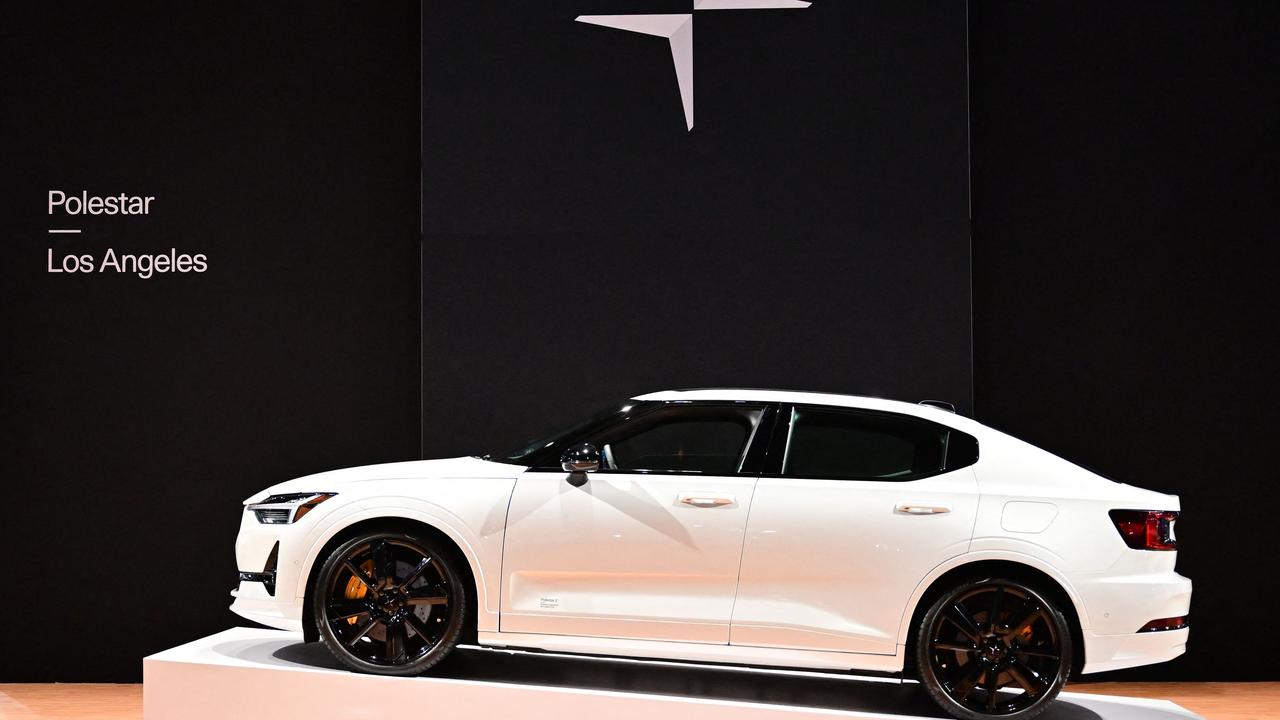
But we need to be careful. The world supply of EVs is really tight. If we put subsidies in place right now, what happens is a few boatloads of EVs comes to Australia instead of America or Europe. It will help Australia reduce emissions, but not reduce global emissions.
A better plan would be to announce big subsidies to come in after a few years. That way EV makers can plan for higher demand, and scale up their factories with confidence the output will be bought. Bonus: The price premium over petrol-powered cars could come down over time, and the subsidies might go further.
In the meantime we should do other things to reduce our emissions – the biggest single win would be swapping out some brown coal-fired power plants for renewables. We could also help on the battery side of the things. Some people are worried about the global supply of lithium, which is an input to the batteries EVs use. Australia has some of the world’s biggest deposits of lithium. We already do a good job supplying the world with lithium (60 per cent of supply comes from Australia) but we could dig up even more.
The world is going to need a lot of batteries. Because even if this isn’t the year you buy your first EV, next year might well be.
Jason Murphy is an economist | @jasemurphy. He is the author of the book Incentivology.






